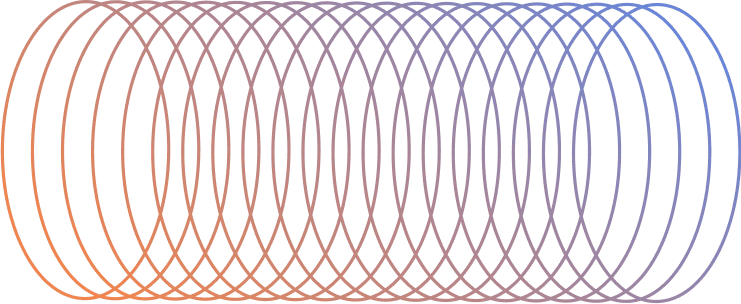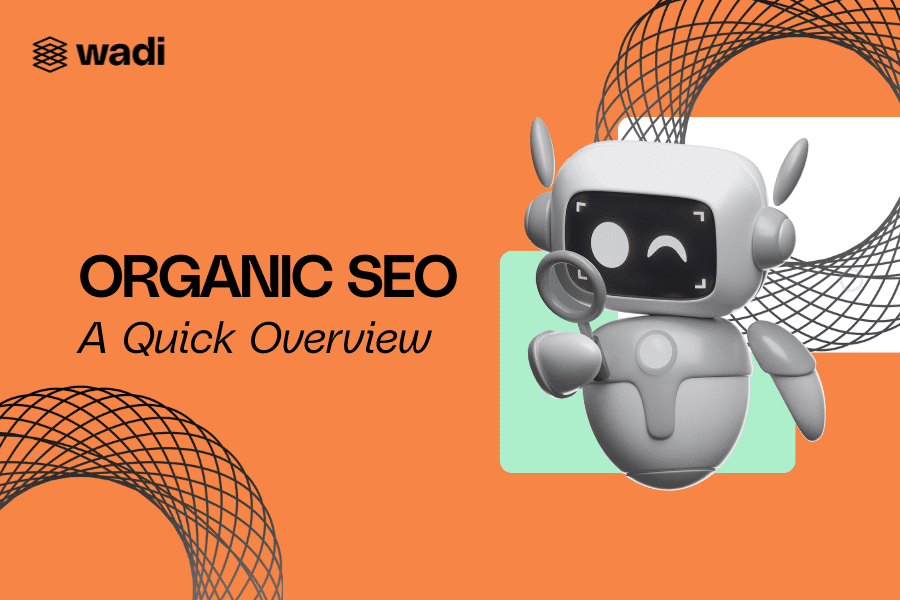When millions, if not billions, of websites and pages getting published on the internet, finding the best reference out of any particular query may seem like a daunting task. While the idea may be true for us humans—say, asking for a particular book from a librarian in a massive library which contains a labyrinth-like array of books with nothing but an index—it is not necessarily as true when applied on the internet.
Finding answers to your queries are made a lot more efficient when you are using the internet, thanks to the advanced algorithms which search engines like Google employ on a per second basis.
But how do Google and other search engines do it, you may ask? Apart from the search engine’s own formulated mechanism itself, there are also elements within each website which make the process tad easier to do: Robots.txt and sitemap.xml.
What is “Robots.txt?”
Search engines, like Google, Yahoo!, Bing, and DuckDuckGo, employ the use of programs called “crawlers” which help in the process of finding the best websites or resources from the internet using a keyword or set of keywords. Without this feature, finding the best match for every query will seem difficult, if not impossible.
But crawlers, while utilitarian by design, have the capability to encroach the deep recesses of the internet without restrictions by default. Yet, on the other hand, this kind of power can be too intruding for some site owners, especially for those whose websites contain sensitive information.
The robots exclusion protocol, simplified as “Robots.txt,” makes for a neutralizing measure against the aforementioned level of intrusion which prevents crawlers from reaching certain parts of the website as defined by its owner. For instance, a web owner can deny access to some or all parts of the website if he deemed it necessary in order to safeguard the sensitive information from his website.
Literally, leaving out “Robots.txt” from your website is to give search engines full power to crawl from one page to another within it.
A search engine like Google understands the purpose of the robots exclusion standard and is the reason why its algorithm has the following of the instructions laid out in “Robots.txt” a priority. It’s actually one of the basic aspects of technical organic SEO
What is “Sitemap.xml” and Why Page Priority Matters?
As a website owner, chance is good that your own website contains more than a single page in it. But not all pages in a certain website are all the same—some are actually more important than others.
But how does a search engine know which page is more important than which?
That would depend on the site’s “Sitemap.xml” configuration which essentially lists all of the website’s pages and their level of importance as dictated by the “<priority>” tag as used in the extended markup language (XML).
Keeping Search Engines Informed with a Well-updated Sitemap
Given the relevance of sitemap.xml in every website, it is important that it gets up-to-date with every significant change which happens in it. This is particularly true in instances where you added unique pages to your website.
Basically, this is a way of you informing Google or any other search engine of the amendments you made with your website for tracking purposes via the crawlers.
When was the last time you checked your Robots.txt and Sitemap.xml? We at WadiDigital, Digital Marketing Agency offer a free SEO review! Don’t miss this amazing opportunity and contact us.






